Buddhist calendar
The Buddhist calendar is used with slight differences in Thailand, Laos, Cambodia, Myanmar, and Sri Lanka (that is, the countries of the spread of Theravada Buddhism). Used in Tibet before the annexation by China (Mahayana Buddhism is widespread in these countries). In Thailand, it is used along with the Gregorian. It was borrowed from the Hindus and based on the phases of the moon. The calendar is lunisolar since the beginning of the year always falls in December, but the months are tied to the phases of the moon. In Thailand, the Buddhist calendar is also called Tantharakhati (Thai (, tantharakhati). The beginning of the chronology of the Buddhist calendar dates back to the year when Gautama Buddha went to nirvana (Thai ปรินิพพาน, parinipphan) and is 543 years ahead of the Gregorian chronology (since it is traditionally believed that the Mahaparinirvana of Buddha Shakyamuni was in 543 BC) Thus, 2019 the year in the Gregorian calendar corresponds to the year 2562 in the Buddhist calendar. The official chronology in Thailand is based on the Buddhist calendar, although an exception can be made for foreigners and the year will be indicated in accordance with the Gregorian calendar.
The beginning of the first month of a new lunar year falls on the first day of the waning moon in the month of December. Thus, the ordinal numbers of the months of the lunar calendar are shifted 1 month back in relation to the Gregorian calendar, which begins in January. The months of the lunar calendar do not have names, they are only numbered in order. The first two months of the lunar calendar are numbered in Chinese, the rest in Thai:
1st month of lunar year (Thai เดือน อ้าย, dyang ai), corresponds to December
2nd month of the lunar year (Thai เดือน ยี่, dyang yi), corresponding to January
3rd month of the lunar year (Thai เดือน สาม, duan sam), corresponds to February
etc. All major significant dates in Thai culture are tied precisely to the lunar calendar.
So, the key Buddhist holidays fall on the full moon, ขึ้น ๑๕ ค่ำ, the 15th (aka the last) day of the waxing moon, which also has a number of names in Thai: สว่าง สุกใส เื ดือ น เพ็ญ วันเพ็ญ พระจันทร์ เต็ม ดวง. The full moon is the holiday of Visakha Bucha, Makha Bucha, Asalaha Buch, Khau Phansa, Ok Phansa, Loykrathong and others.
Key lunar days are also considered to be the 8th day of the waning moon (Thai แรม ๘ ค่ำ), the new moon (Thai แรม ๑๕ ค่ำ) and the 8th day of the waxing moon (ขึ้น ๘ ค่ำ).
The full moon and new moon are also considered major luminous holidays (Thai วัน พระ ใหญ่), and the eighth days of the waxing and waning moon are considered minor luminous holidays (Thai วัน พระ เล็ก).
Along with the lunar calendar in Thailand, the usual solar calendar (Gregorian, Thai. สุริยคติ, suriyakhati) is widespread, where the months have their own names, and are not numbered. Any Thai printed calendar will contain both of these calculations, both months and years, and the days of the full moon, new moon and eighth days of the waxing and waning moon will be marked with small figures of the Buddha.
January 1 as the official day of transition to the new year was established by the decree of His Majesty Rama VIII Anantha Mahidon on December 24, 1940 (2483 year according to the Buddhist calendar).


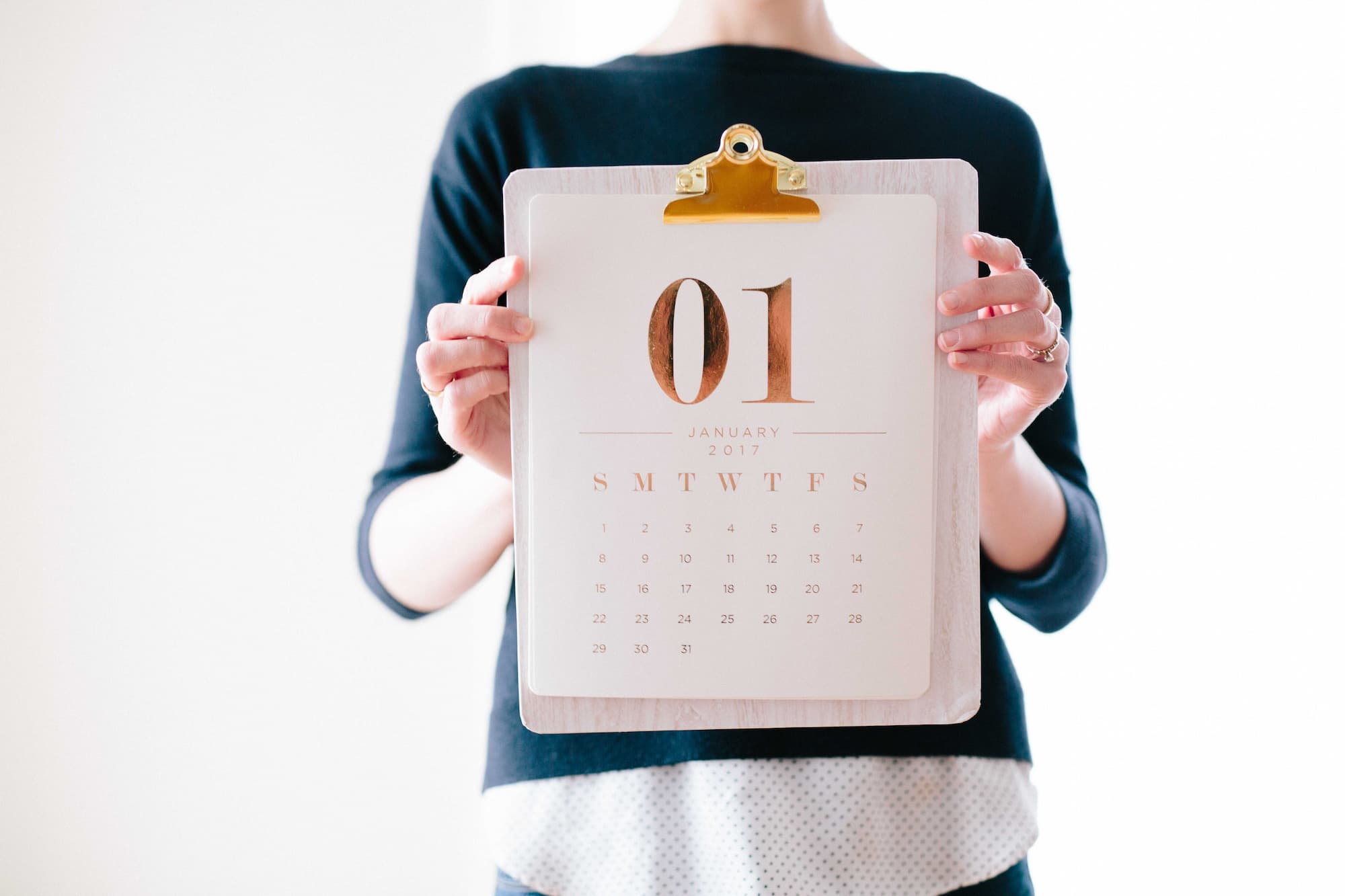
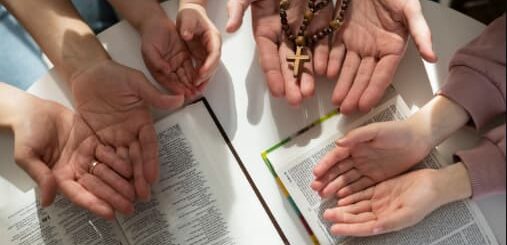







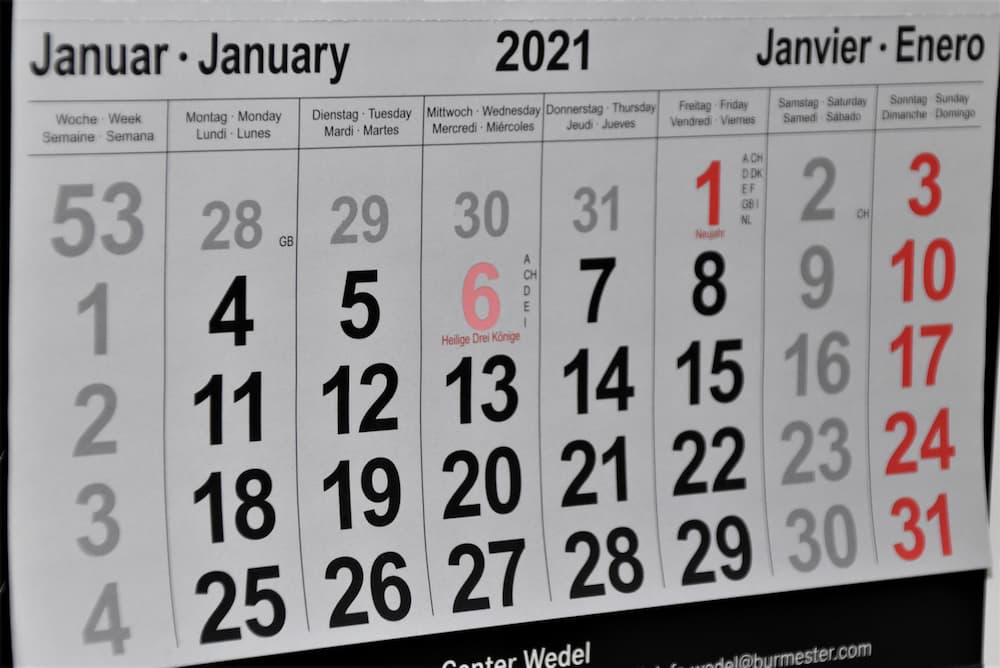
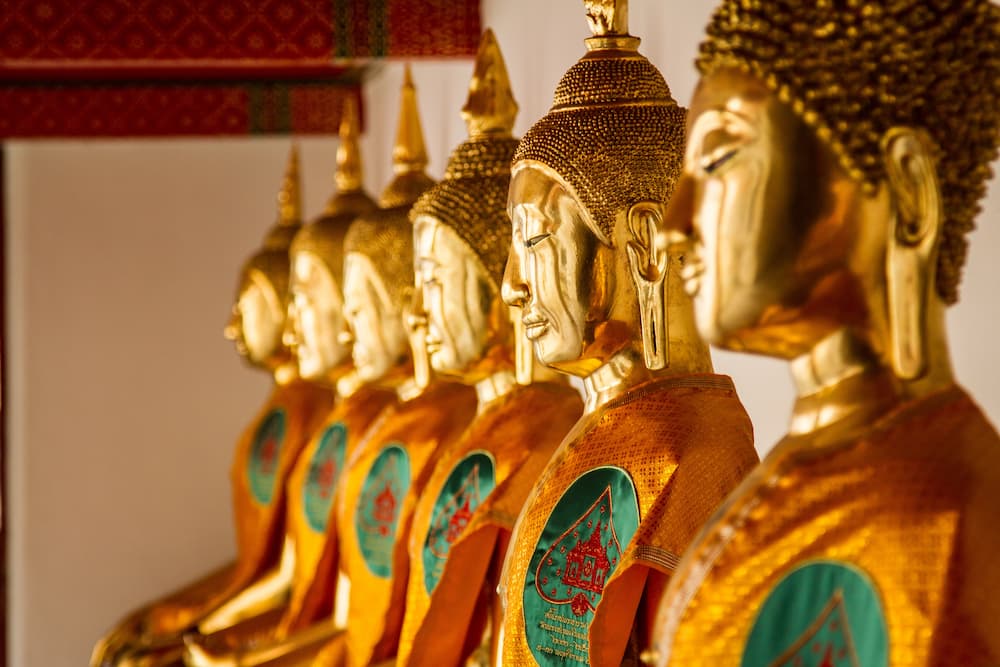
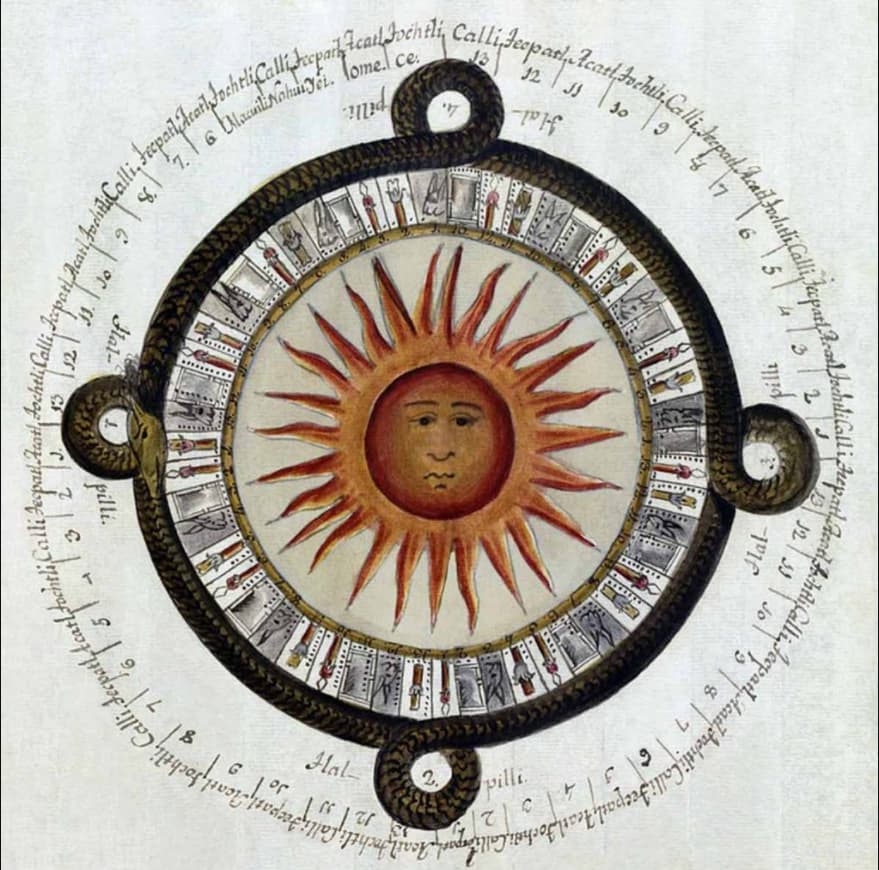

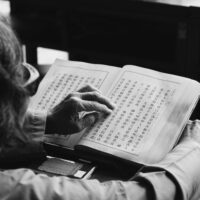
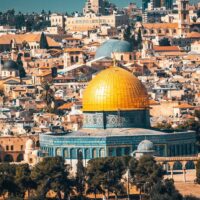
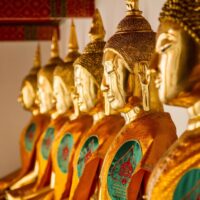
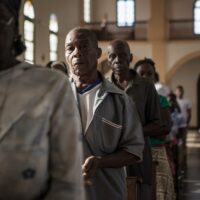
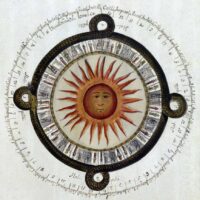


Recent Comments